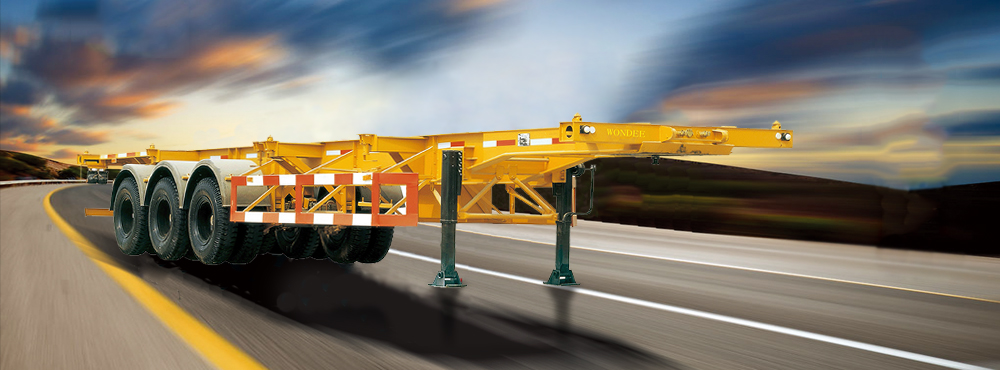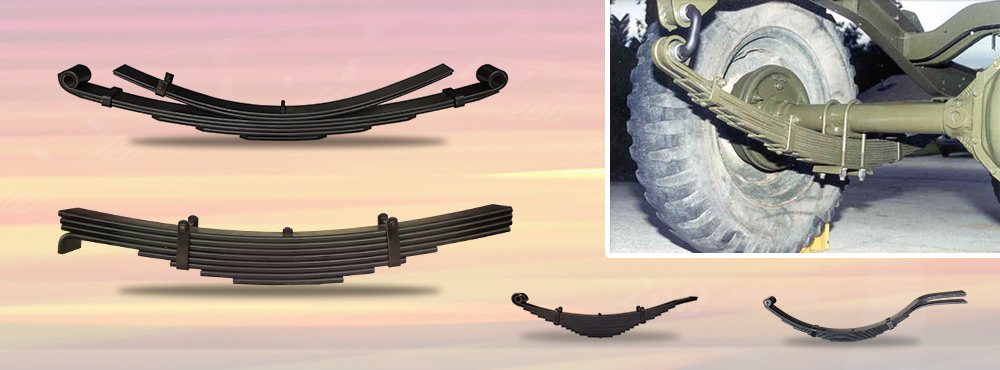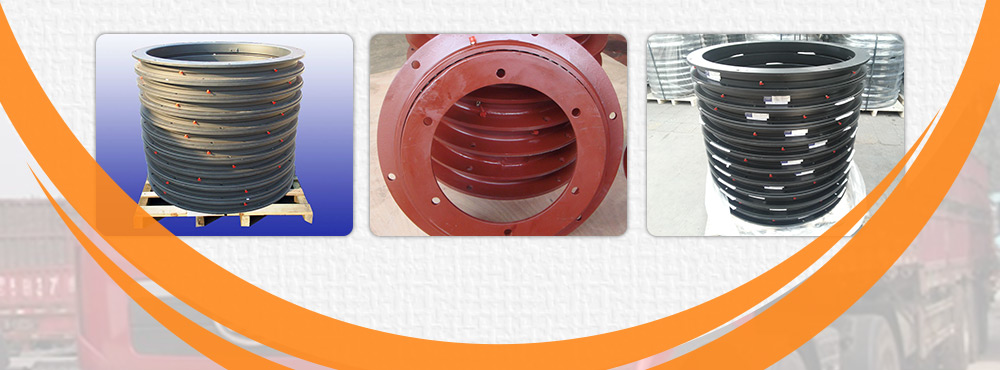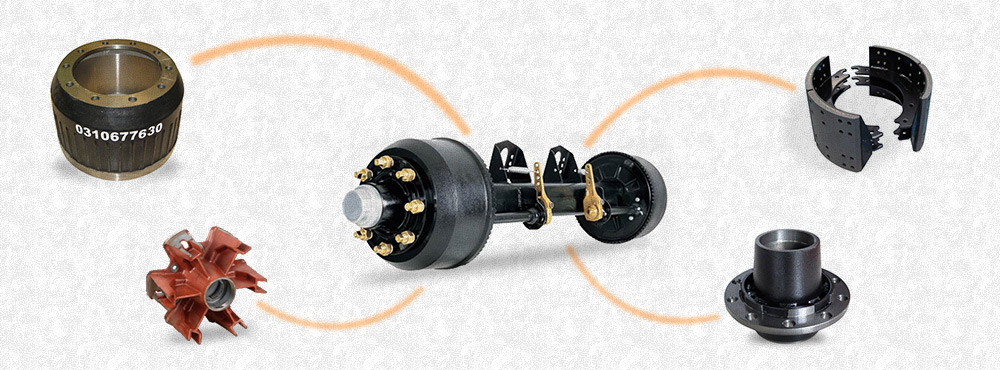CATEGORIES
SUSPENSION SYSTEM
The Function of Suspension System
What’s the function of suspension system
The suspension covers the arrangement used to connect the wheels to the body. The purpose is to prevent large shocks, caused by the wheels striking bumps in the road, being passed to the vehicle occupants and components; otherwise discomfort and damage would occur.
The suspension system has two subsystems - the front suspension ad the rear suspension. This is because the front wheels must move in several different directions. The wheels must move up and down with the suspension and turn left to right with the steering. Since the car goes in the direction in which the front wheels point, the alignment of the front wheels is important.
Poor alignment can make a car pull to one side and stop the front wheels from returning to the straight-ahead position after a turn.
What’s the function of Front Wheel Alignment Angles?
It is function of Front Wheel Alignment Angles which is comprised of Toe-In, S.A.I, Camber, Caster.
Toe-in specifies the degree to which non-parallel front wheels are closer together at the front than at the rear; measured at the edges of rims at the wheel center height.
The kingpin angle is the inclination of the steering axis (kingpin) relative to the longitudinal vehicle plane, measured in transverse plane of the vehicle.
Camber is the inclination of the wheel relative to the longitudinal vehicle plane, measured in transverse plane of the vehicle. Positive camber means that the wheels are tilted further out at the top than at the bottom.
Caster is specified as the angle by which the steering axis (kingpin line) deviates from the vertical when viewed from the side, or as that distance on the road surface by which the wheel contact point trails the point at which an extension of the steering axis meets the road surface.
List the main types of suspension springs
Enumeration: Coin Spring, Leaf Spring Torsion Bar, Air Spring, Rubber Spring, Hydro-pneumatic Spring ...
Leaf springs are made of long, flat pieces of metal clamped together to form a spring. The spring not only acts as spring but also locates the axle. To overcome weakness at the mid-point of the main leaf, either the leaf is made thicker at the center or a series of leaves is used. Each leaf is shorter than the one directly above it.
Torsion bars normally connect to the car so that one end is fixed in place and the other attaches to a lever arm. When a force acts on the end of this lever arm, it bends up, causing the torsion bar to twist and absorb the force the. When the force is released, the bar untwists to force the lever back to its original position.
The function of shock absorber
When a spring is compressed and then released it will oscillate for a period of time before coming to rest. Applied to vehicle this action will cause a most uncomfortable ride. The purpose of a shock absorber is to absorb the energy stored in the spring and so reduce the time that the vehicle is bouncing.
Shock absorbers are filled with fluid. In operation, wheel movement causes the shock absorber to force this fluid through small openings (orifices). Since fluid can pass through restricted openings rather slowly, this puts a restraint on wheel and spring movement. The restraint imposed prevents excessive wheel movement. It also damps out the spring oscillations quickly after the hole or bump is passed
List the main types of suspension system
The types of suspension system are main including rigid axle suspension and independent suspension.
Independent suspension: single transverse arm type type, double transverse arm type, single trailing arm type, double trailing arm type, single oblique arm type sliding pillar type, multi-link type.
related reading: Suspension Springs , Shock Absorber Coil Spring
Previous: How Car Suspensions Work














